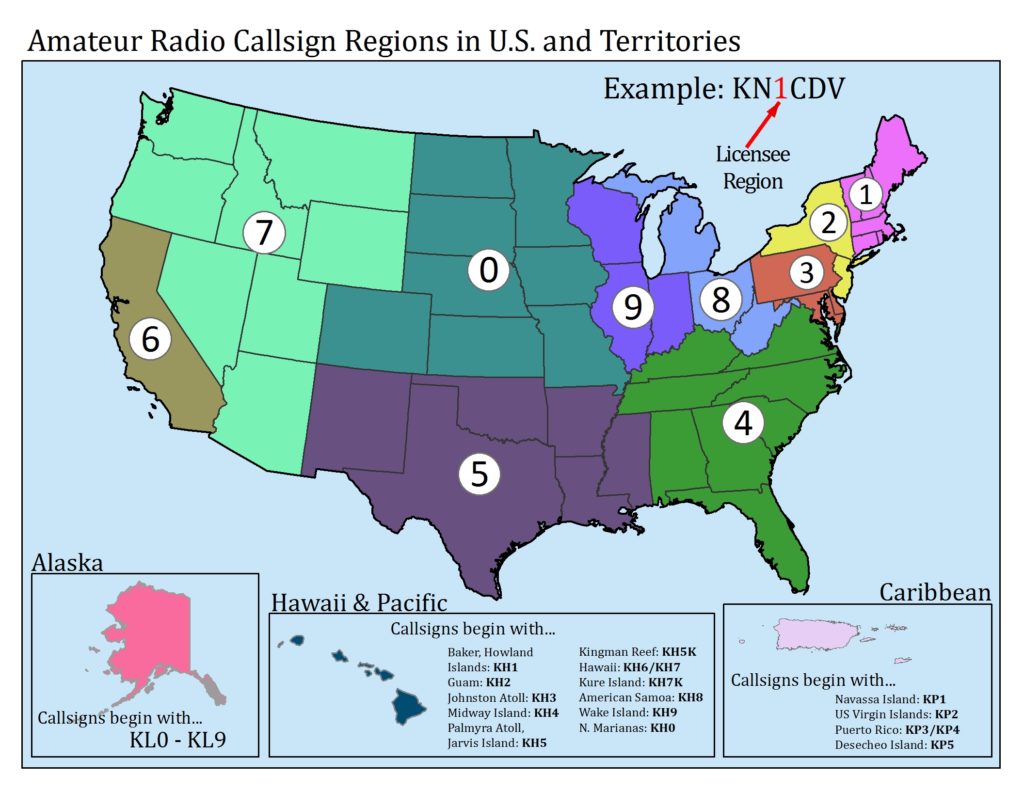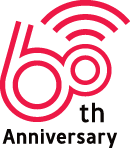Who’s that on the Radio? Creating Your Ham Identity
January 19, 2017 by Ray Novak
Behind every Ham is a callsign. It is how you are known in the amateur radio community. Creating your own callsign (vanity callsign) helps to personalize your radio identity.
Throughout the years, as I have upgraded my ham license, I have also changed my callsign. I received my first callsign (KB5KCL) while living in Starkville, MS. After moving to the Pacific Northwest I felt changing my callsign (KC7JPA) to my new region would simplify things. I was happy with that callsign, until the introduction of the IC-7800. Once exposed to the world of DX and contesters, I quickly learned the need for a 1×2 callsign. After upgrading once again, I snagged my current sign, N9JA.
When picking a callsign there are definitely some factors that need to be considered:
Meaning Behind the Callsigns
Callsigns have an internationally agreed structure, meaning you can determine where a person is from based on the prefixes. In the United States, we have been allocated the letters N, K, and W as callsign prefixes. We have also been allocated the two letter prefixes AA to AL.
After the letter(s) prefix, there is a number that typically represents your location. For instance, if you live in California you would be assigned “6”. When you pass your first exam, the FCC assigns your callsign based on these regions, which you can keep even if you move to another region. With vanity callsigns you can request a callsign regardless of region, however you must have a mailing address in Alaska, Hawaii, the Pacific islands, or the Caribbean to request those respective call series (KL, KP, KH).
Callsign Groups
When choosing a callsign you need to consider the group in which they fall into. There are four groups based on authorized license class. These groups determine the number of prefix and suffix letters. After earning your first technician license, most hams receive a 2×3 callsign.
- Group A: Amateur Extra Class, 1×2, 2×1, and 2×2 (includes AA-AL prefixes exclusively)
- Group B: Advanced Class, 2×2
- Group C: General and Technician, 1×3 (or 2×2 in special locations such as Alaska)
- Group D: Technician and Novice, 2×3
-

"Courtesy Wikipedia https://en.wikipedia.org/wiki/Amateur_radio_licensing_in_the_United_States"
Choosing Your Vanity Callsign
This is where the fun comes into play. My own callsign was selected from the limited number of 1×2 calls available at the time. However if you are selecting a 2×2, 1×3, or 2×3, there are literally thousands of available calls.
For me it was the simplicity of having a short callsign. Plus I wanted a unique callsign that would stand out in a DX pileup. Phonetically my current callsign, November 9 Juliet Alpha (N9JA) is very quick and it has a nice rhythm to it in CW or Morse code.
Whether it is something as simple as your initials, duplicate letters, or more personal like the callsign of a loved one who has become a Silent Key, many of us have decided to personalize our amateur radio identity. When picking your sign think how it will sound using phonetics. One example is ending a callsign with the letter “E.” It can be hard to distinguish when working DX or contests.
Vanity Callsign Availability and Applications
There are currently just over 100,000 vanity callsigns in the USA, not counting club callsigns. Determining the calls that are available can be challenging, but there are a couple of sites to assist you. The AE7Q and RadioQTH sites will show available callsigns.
Applying for a vanity callsign is a fairly simple process and there is no application fee. You can file online or with a paper application. The FCC has listed the instructions for obtaining a vanity callsign. You will also find a great deal more information at the ARRL’s website under FCC’s Vanity Callsign Program. They cover the types of callsigns available along with those that aren’t available.
I hope this has provided some insight into the vanity callsign system and how you can obtain your own vanity call. There are of course quite a few more aspects of the system, but this should get you off to a good start.
As always, you are encouraged to jump in and make something happen. After all, your callsign is part of your amateur radio identity.
Ray Novak, N9JA
Senior Sales Manager
Lifetime Amateur Radio Enthusiast

